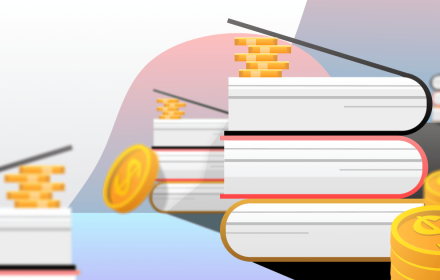
Learn how to effectively manage your finances, plan your budget and make smart investment decisions to achieve financial independence and long-term success
Read more
Financial independence is not a dream from motivational books, but an economic state in which assets generate income that fully covers expenses without the need for constant work. According to Credit Suisse, only 8% of the world’s adult population reaches this level. The rest continue to exchange time for money, losing a resource that cannot …

Warren Buffett’s investment rules are based on the value investing system, which has been tested by Berkshire Hathaway’s more than half-century history. The approach is based on disciplined rejection of market noise in favor of deep fundamental analysis and long-term ownership. An investor learns to see a stock not as a stock market symbol, but …

Financial goals set the direction for investing. Without them, any portfolio resembles a collection of random decisions without a strategy, logic, or stability behind them. It is the goal that explains why an investor buys ETFs instead of deposits, why they increase risk or give up cashback for dividends. Without a goal, there is no …

The best books on investing open the doors to the world of financial strategies, where numbers turn into capital and knowledge turns into wealth. Each page of such publications unveils the terms “stocks,” “bonds,” “index fund,” and shows how an investor builds a solid foundation for the future. Deep market analysis, decision-making psychology, and real-life …

How to invest for beginners is a question that arises when savings stop bringing joy to the account and start irritating with their uselessness. Inflation quietly “eats up” capital, and traditional deposits bring only a symbolic percentage. The modern market offers dozens of instruments, but without a clear selection system, it’s easy to lose money …

Investing has long ceased to be just a game of luck or random decisions. The strategies of the most successful investors form a systematic approach to capital management and create sustainable profitability even in volatile markets. Each of the great capital holders, such as Buffett, Graham, Lynch, Icahn, Bogle, Manger, and Templeton, has developed their …
Personal finance creates a path to wealth and stability


Invest smart, improve your financial situation
Know the risks, mitigate losses and protect the assets for you


Create strategies for financial independence and success
Learn how to manage your personal finances and investments while avoiding common mistakes. The right strategies will give you a steady income and financial independence. Discover ways to invest that minimise risk and maximise returns. Learn how to invest without mistakes and achieve your financial goals
